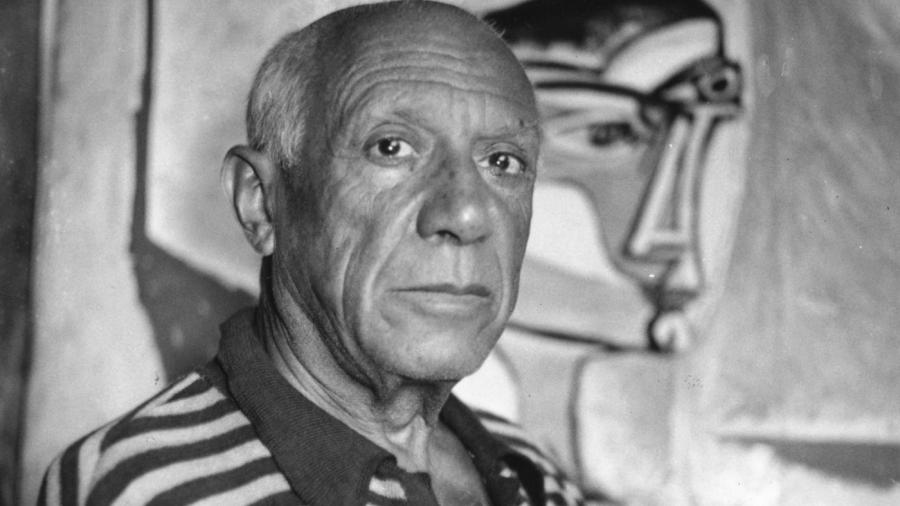Who Were Pablo Picasso’s Influences?

Some of the artist’s major influences were Edvard Munch, Henri Toulouse de Lautrec, Paul Cézanne, Henri Rousseau and Georges Braque, who worked with Picasso to found the school of Cubism. Classically trained in the European school, Picasso emerged as a symbolist, drawing on Impressionism through Munch and Post-Impressionism via Lautrec. From Cézanne and Rousseau, he learned about archaic and tribal art, which led him toward Cubism.
Picasso strove to define his place in the history of painting from the outset of his long career. Art historians consider his late works direct dialogues with Old Masters such as Velazquez, Goya and Rembrandt. He lived most of his life in France, so Picasso knew the latest trends and schools of art. Accordingly, he studied Symbolism, which worked to build a visual language of the soul from imagery drawn from mythology and dreams. Picasso also drew on Impressionist Munch to explore the nature of souls. Clearly Lautrec influenced his palette and his choice of subjects – prostitutes and the poor – during his Blue period, so-called because of his blue and gray palette. In fact, much of Picasso’s early work experiments with color – beginning in 1897 in violet and green through the Blue and consequent Rose period and his orange and red palette. This led him to experiment with shape as well, following Cezanne – Post-Impressionism influenced by primitive art – and Rousseau – experiments in Naïve art. Picasso began to use more angular shapes and figures, as well as more color, as he worked toward founding cubism with Braque, where the artist analyzes a subject or shape, disassembles it, then reassembles it in an abstracted form. Working in cubism led Picasso to invent collage and work toward a second form of Cubism (synthetic) where artists worked in mixed media.





